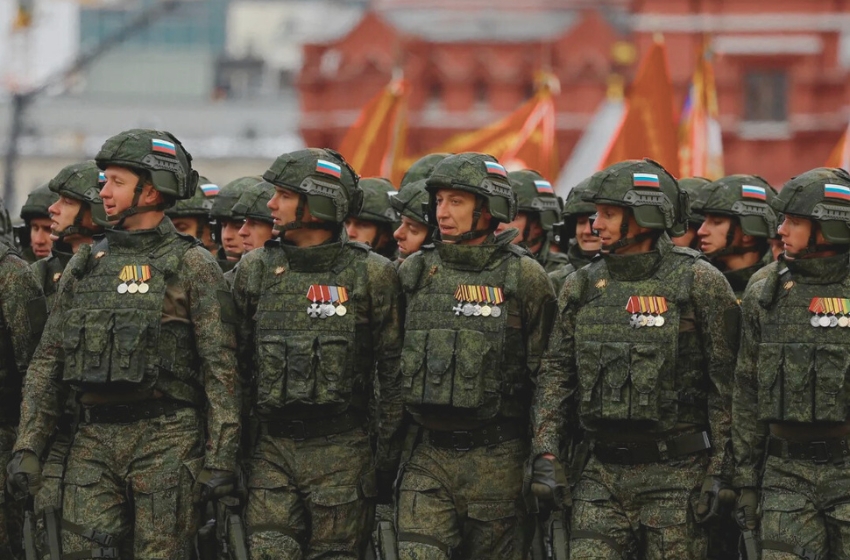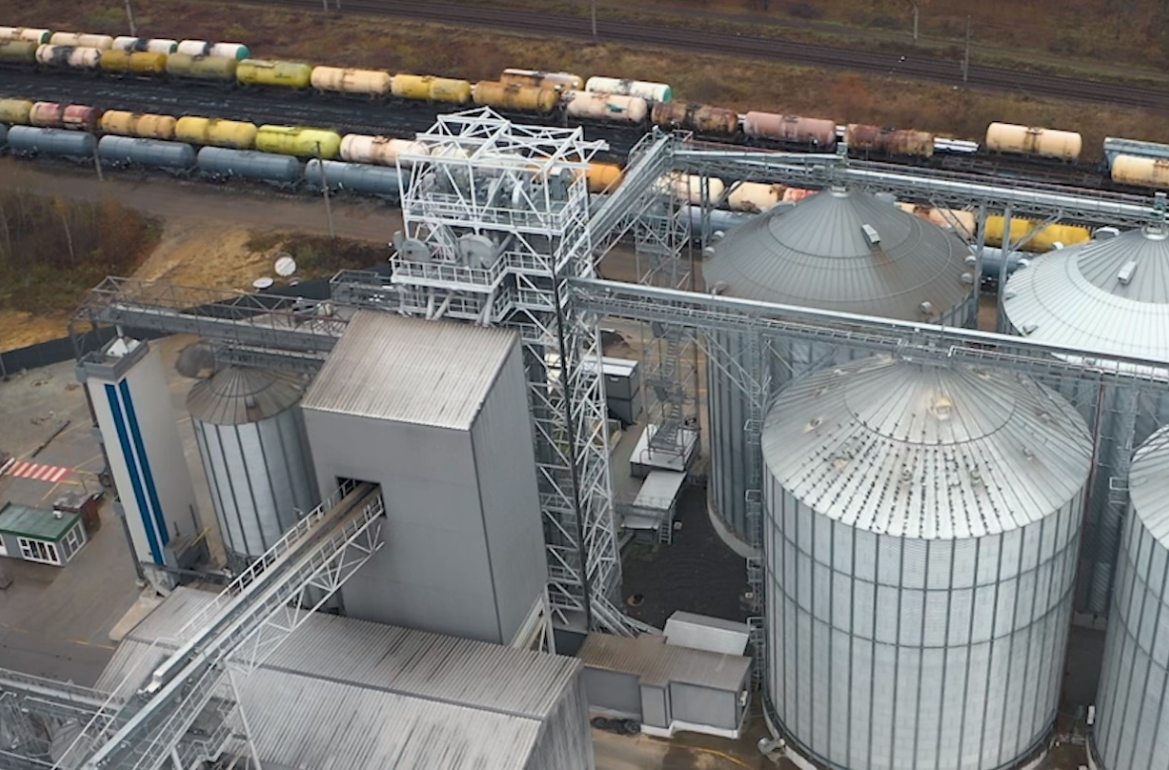During the war, Russia relocated air defense systems from the Far East and the Northern region to Moscow and the occupied Crimea. However, the defensive capability does not always align with the statements made by the aggressor.
Major General Vadim Skibitsky, a representative of the Main Intelligence Directorate of the Ministry of Defense, mentioned this in an interview with RBC-Ukraine.
Skibitsky pointed out that the claims of near-total target interception in Russian reports are clearly elements of Russian propaganda.
"But during the war, the Russian Federation significantly reinforced its air defense on many fronts. This includes the occupied Crimea, particularly the area around the Kerch Strait Bridge, where a powerful air defense system is in place. This applies to the Moscow direction within the territory of the Russian Federation and other regions. On these specified fronts, they have not only strengthened but also created a layered air defense system," he stated.
According to him, this was achieved by relocating anti-aircraft missile and anti-aircraft artillery units from other regions of Russia, such as the Far East and the Northern region. These directions were essentially left exposed in terms of air defense.
"As for its effectiveness, it's not always as the aggressor claims. Moreover, it depends on how successfully we plan our operations, including the use of unmanned aerial vehicles and other types of weaponry. We are aware of the extent and regions where air defense has been strengthened and new systems deployed," noted Skibitsky.
The representative of GUR informed that the most powerful system in their arsenal is the S-400, but even it is not entirely flawless. "There are instances when their weaponry fails. The well-known 'Pantsir' also allows some of our airborne assets to reach their targets," he added.





















